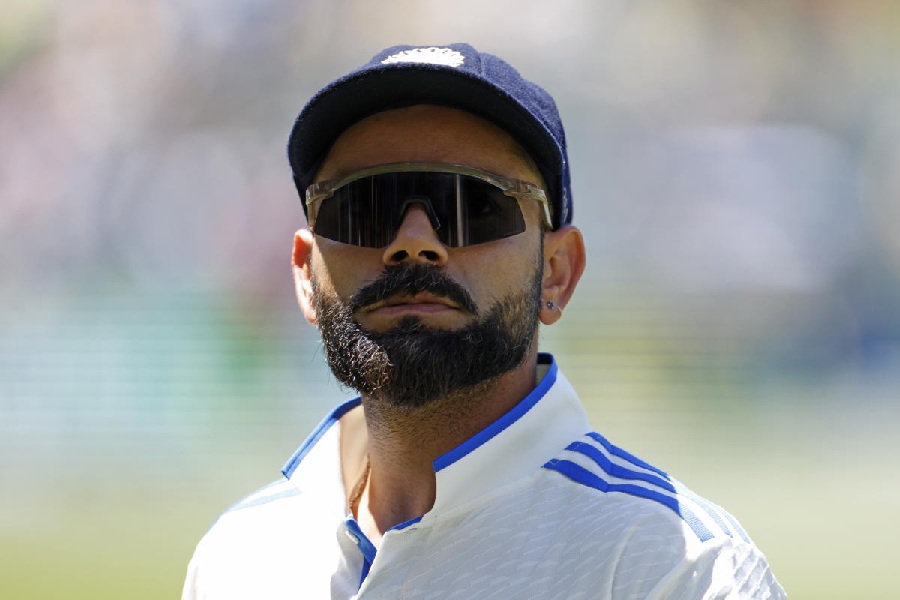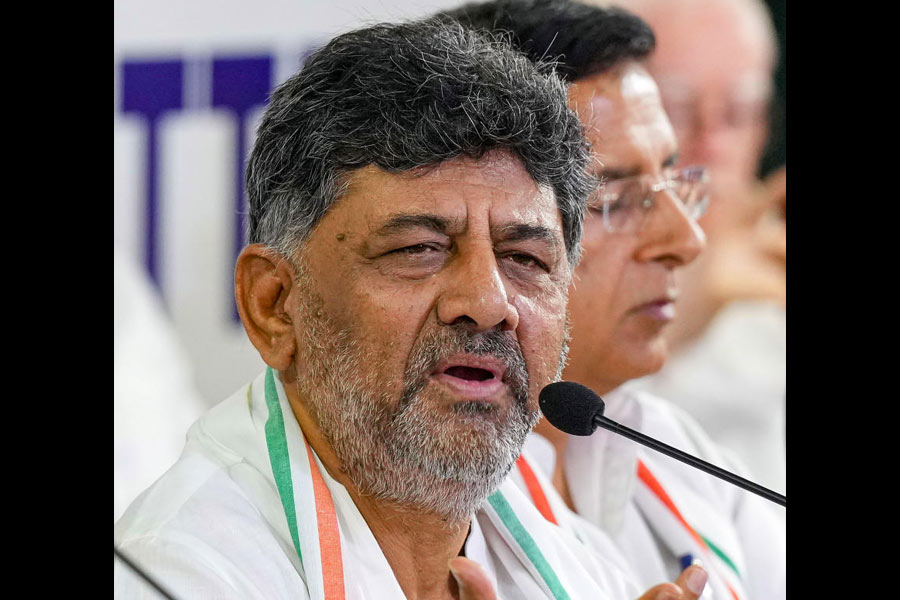Odisha, which successfully fought with the corona pandemic, also claims to reduce malaria cases more than 57-fold.
In a span of seven years, it has reduced the incidence of malaria cases from 4.4 lakh to 7,696 cases. So far not a single malaria death has been reported from any part of the state.
The achievement has been attributed to the use of medicated mosquito nets, the release of larvivorous fishes (fish that feed on mosquito larvae) in the ponds which eat the larva, dissemination of information and improved system of medical examination, officials said.
To further combat malaria, the state government has extended the DAMAN (Durgam Anchalare Malaria Nirakaran), the Odisha model for the elimination of malaria, to 27 districts by another five years.
Director, Public Health, Niranjan Mishra told The Telegraph, “While 4.4 lakh malaria cases were reported in 2016, it was reduced to 7,696 cases by June 2022. This has been possible because of the focused approach of the health department. The Daman scheme has been extended till 2027. We are working to control the cases by 2030.”
Elaborating the state’s plan to combat the disease, he said: “We are working to reduce the number of malaria cases through different initiatives like urging people to use the medicated mosquito nets given by the government.”
Mishra said: “The life span of a medicated mosquito net is three years. We distributed around 1.5 crore mosquito nets in 2017. Now after the government’s sanction, we will also initiate the distribution of mosquito nets next year. The use of mosquito nets has shown results. There has been an immediate decline in malaria cases.”
In 2017, total malaria-positive cases in the state were 3,47,860 with a death toll of 24. In the year 2018, total malaria positives came down to 66,311 with three deaths. In 2019, the total positive cases further came down to 39,555. In 2020, the number of malaria cases reduced to 25, 503 in 2021 and 7,696 by June 2022.
As per the official figures, out of the total malaria cases, eight per cent cases are reported from the tribal-dominated six districts of the state — Malkangiri, Koraput, Rayagada, Kalahandi, Boudha and Phulbani. However, two districts — Kendrapara and Jagatsinghpur — were awarded national awards for “no malaria case”.
Besides the distribution of nets to contain the disease, the state government is focusing on encouraging the production and distribution of larvivorous fishes in rural areas.
“With the help of the fisheries department, hatcheries have been set up in all the district headquarters. Lakhs of fingerlings have been distributed across the state. This is an effective way of biological control of the disease. The initiative is being taken to support vector control measures in the high-burden districts,” Mishra said.
To check blood tests for malaria and dengue and other water and vector-born diseases, the government has set up nearly 35 Enzyme-Linked Immuno Sorbent Assay (ELISA) machines covering all the district headquarter hospitals.
“The Annual Parasitic Incidence (API rate) per ten thousand population has been reported 0.59 per cent in the state,” he said.











